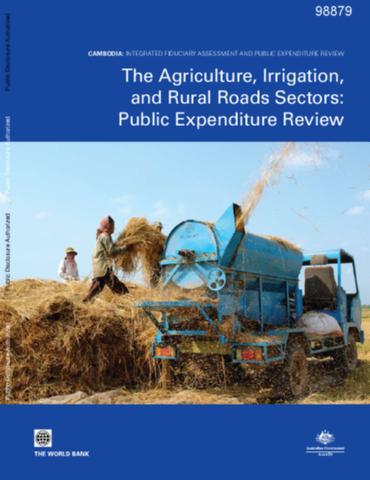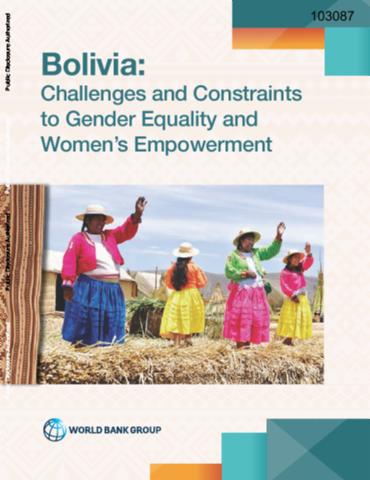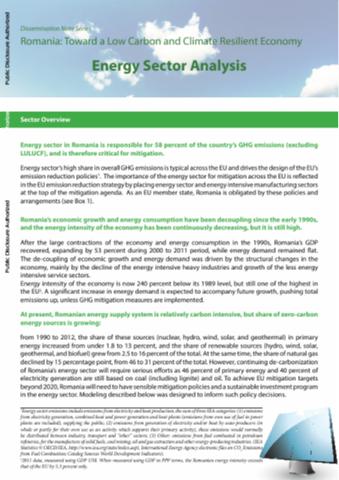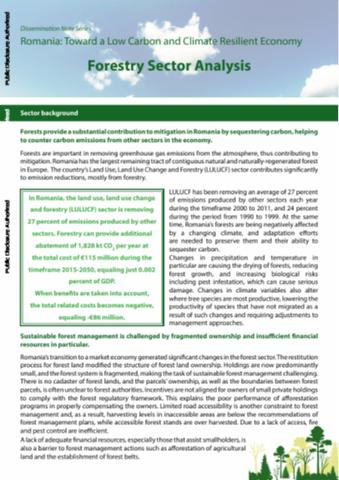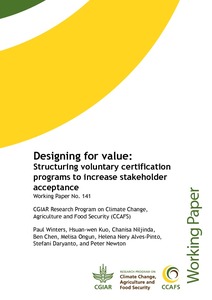Land-use/land cover changes and their driving forces around wetlands in Shangri-La County, Yunnan Province, China
The Shangri-La County of the Yunnan Province, SW China, is an economically and ecologically important area. This is especially true for Jiantang that is famous for the Napahai, Bitahai and Shudu Lake wetlands. However, continuing development has threatened the wetland ecosystems and the associated biodiversity in these areas. To better document such changes in land use and their effect on the ecosystem, land use was mapped using a time series of satellite images acquired in 1974, 1993, 2000 and 2012. The results of this survey suggest that forest cover first decreased and then increased.


